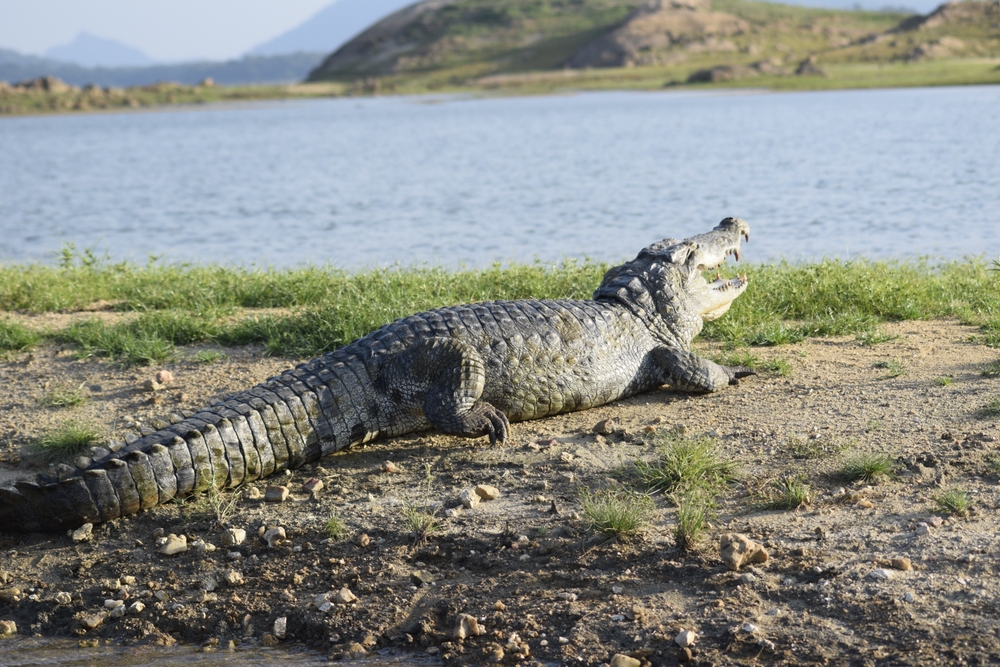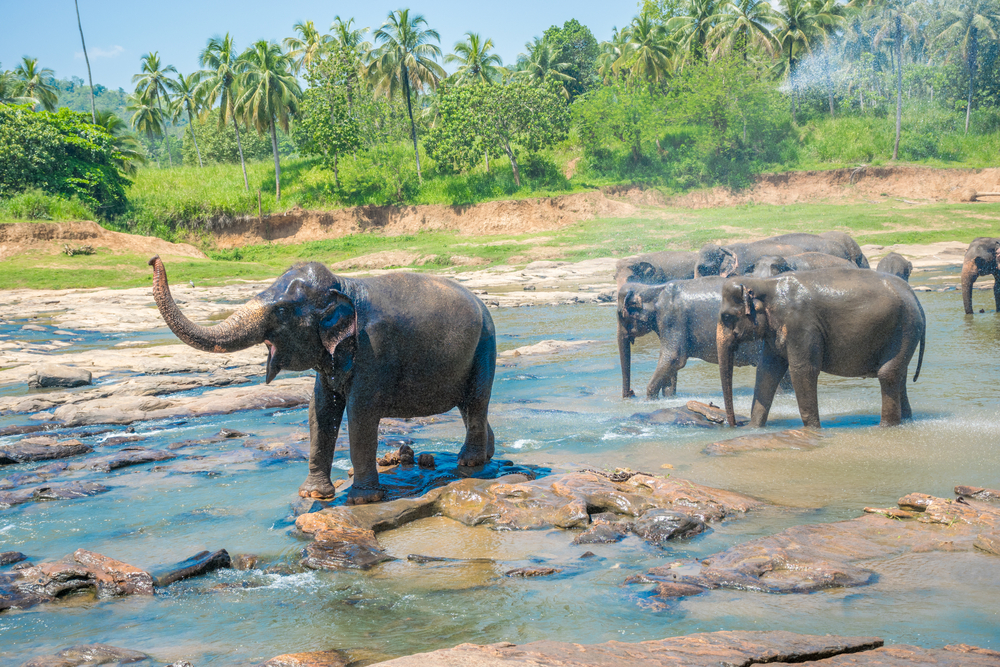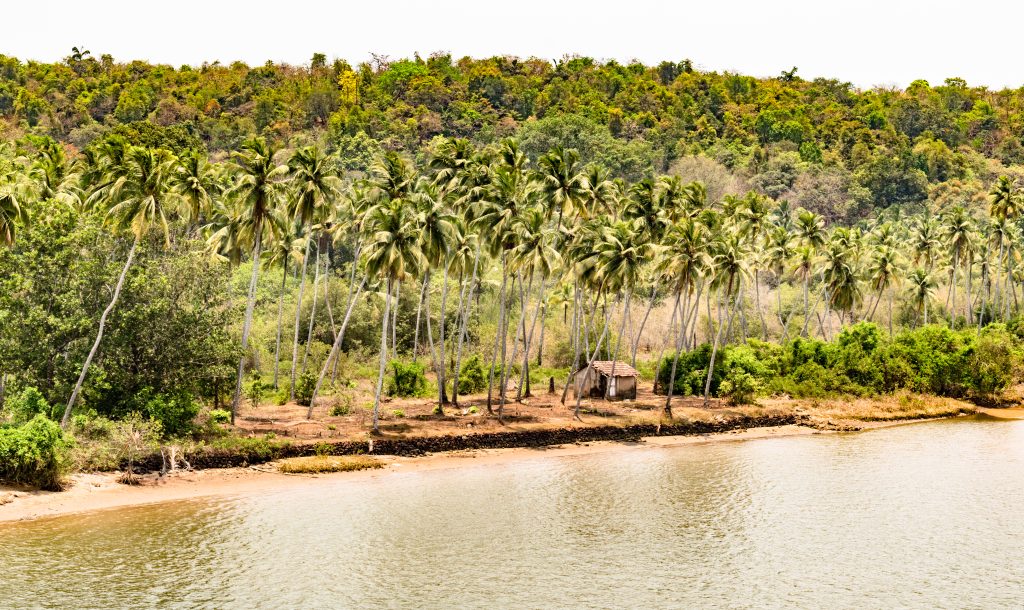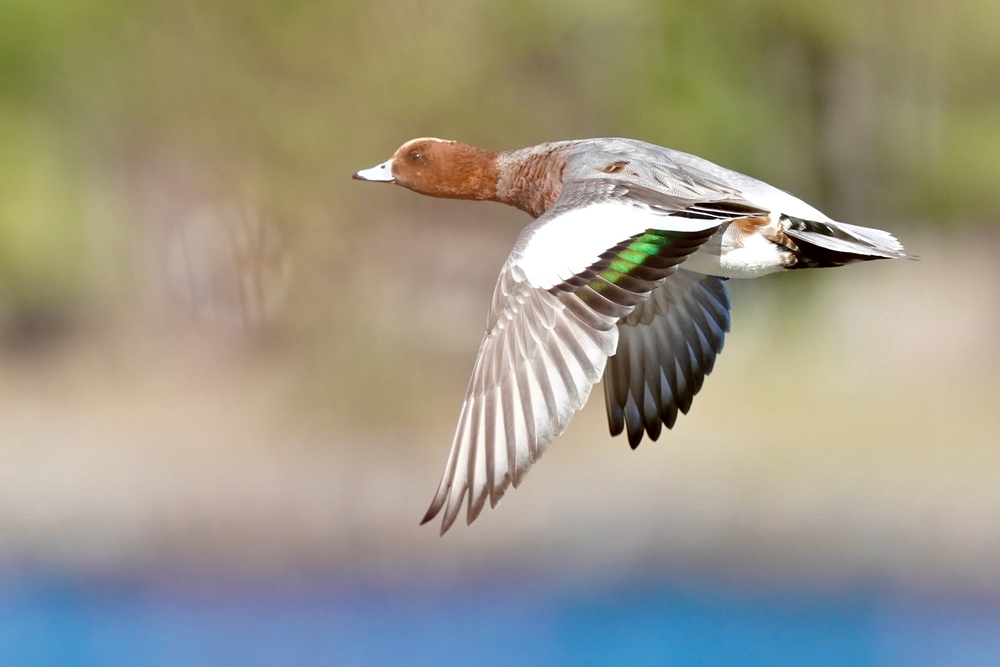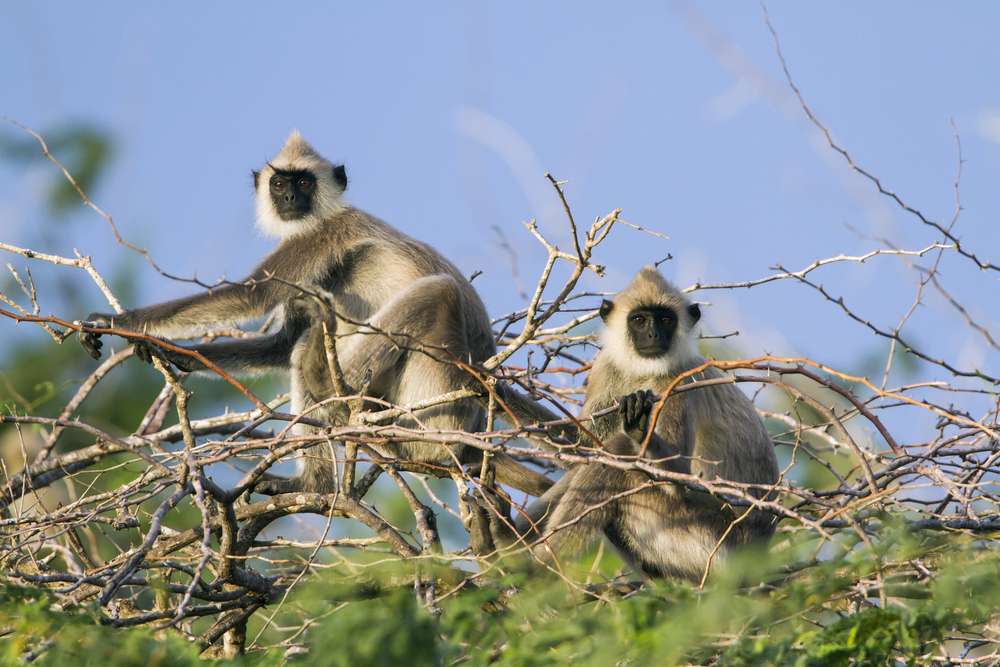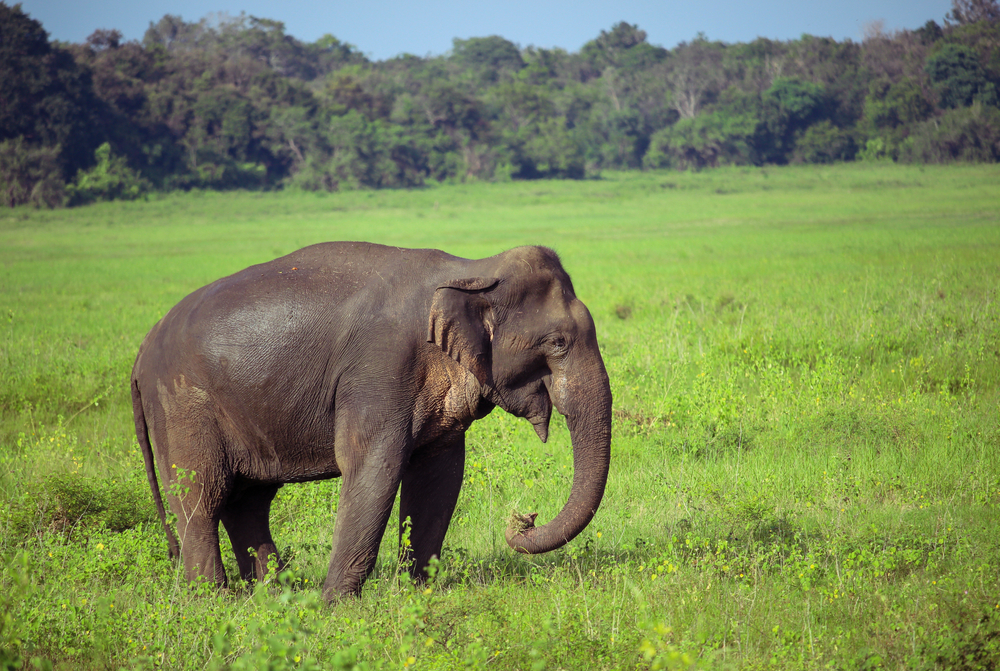Gal Oya Overview
Gal Oya National Park, locally known as ගල් ඕය ජාතික උද්යානය in Sinhala, is a hidden gem of Sri Lanka’s natural heritage, located in the southeastern region of the island. Spanning an area of 38,482 hectares (approximately 148.6 square miles or 384.8 square kilometers), this park is renowned for its pristine wilderness and unique ecosystem centered around the Senanayake Samudraya, the country’s largest reservoir. Established in 1954, Gal Oya is a testament to Sri Lanka’s commitment to preserving its natural landscapes and biodiversity.
The terrain of Gal Oya National Park is a harmonious blend of forested hills, open grasslands, and lush waterways. Its most defining feature is the picturesque Senanayake Samudraya, whose sprawling waters create an ideal habitat for numerous aquatic and terrestrial species. The park is bordered by the Badulla and Monaragala districts and is characterized by rugged mountains, including Danigala, Nilgala, and Ulpotha, which rise majestically above the dense forest cover. The vegetation varies from evergreen forests to savannah-like grasslands, with large areas dominated by endemic flora, such as satinwood, ebony, and the striking ironwood tree.
Wildlife enthusiasts visiting Gal Oya are treated to a remarkable array of animal life. The park is home to Sri Lanka’s iconic Asian elephants, often seen bathing or swimming in the reservoir—a rare and unforgettable sight. Other mammals include the elusive leopard, sambar deer, sloth bears, and langurs. The waterways teem with aquatic species, including mugger crocodiles and various freshwater fish. Birdwatchers will be delighted by the over 150 bird species recorded in the park, including the majestic grey-headed fish eagle, painted storks, and the endemic Sri Lanka junglefowl. Migratory birds also add seasonal vibrancy to the park’s avian diversity.
Gal Oya National Park offers unique attractions and experiences for visitors. The most popular is the boat safari on Senanayake Samudraya, where visitors can witness wildlife up close, especially elephants swimming between islands. Trekking is another favored activity, with trails leading through dense forests and up to scenic viewpoints such as the Makara Kata—an iconic spot where water enters the reservoir. Additionally, cultural heritage adds depth to the experience, as the indigenous Vedda community, one of the world’s oldest surviving tribal groups, resides near the park and offers insights into their traditional way of life.
Despite its beauty, Gal Oya faces conservation challenges. Illegal poaching, deforestation, and human-wildlife conflicts have threatened its ecosystem. However, collaborative efforts between local authorities and international organizations have led to significant conservation successes. Initiatives like eco-tourism and community-based projects involving the Vedda people have bolstered sustainable management of the park’s resources.
Gal Oya National Park is a sanctuary of serenity and biodiversity, offering a unique blend of wildlife, cultural encounters, and natural beauty that leaves an indelible impression on every visitor.








































































